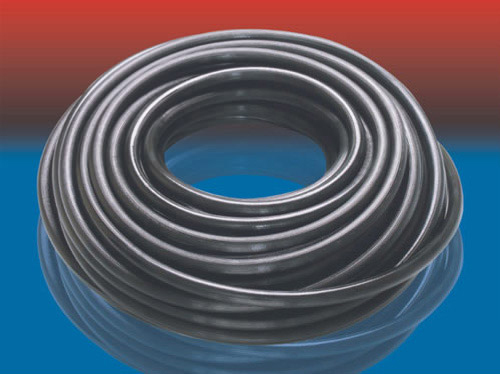Transparent hose manufacturers explain its use specifications
1. Maintenance
The transparent hose should not be dragged on sharp or rough surfaces, and should not be hammered, cut by a knife, deformed, or run over by a vehicle. Appropriate protective measures should be taken when transporting heavy straight pipes, especially when lifting.
2. Seal test
After the metal joint is installed, a hydraulic test should be carried out (the test pressure should follow the corresponding data) to ensure that the metal joint and the hose have no leakage and no looseness.
If no standard test specification exists, the pressure test shall be in accordance with the data provided by the hose manufacturer.
3. Electrostatic discharge
When installing a hose with a static discharge function, it is necessary to follow the installation specifications specified by the manufacturer. After the metal interface is installed, it needs to be tested accordingly. If the hose can only withstand low resistance, test with a path tester or insulation controller.
4. Fixtures
Hoses on fixtures should be secured. The safety measures shall not affect the normal deformation of the hose due to pressure, including (length, diameter, bending, etc.). If the hose is subject to special mechanical forces, pressure, negative pressure or geometric deformation, please consult the manufacturer.
5. Moving parts
Hose installed on moving parts shall ensure that the hose will not be impacted, blocked, worn and abnormally bent, folded, dragged or twisted due to movement.
6. Reference Information
In addition to marking, if you want to add reference information on the hose, you should choose the appropriate tape. In addition, paints and coatings cannot be used. There is a chemical interaction between the hose cover film and the paint-like solution.
7. Maintenance
Basic hose maintenance is always required to ensure hose performance. Attention should be paid to some specific phenomena of contamination of metal joints and reaction hoses, such as: normal aging, corrosion caused by improper use, accidents during maintenance.
Special attention should be paid to the occurrence of the following phenomena:
Cracks, scratches, cracks, breaks, etc. in the protective layer will cause the internal structure to be exposed
leakage
If the above conditions occur, the hose needs to be replaced. In some specific use environments, an expiration date should be indicated to ensure safe use. The date is stamped on the hose and the hose should be discontinued immediately even if it has not failed.
8. Repair
Normally it is not recommended to repair the hose. If it needs to be repaired under special circumstances, it is necessary to strictly follow the repair advice of the manufacturer. Pressure testing is required after repairs are complete. If one end of the hose is polluted by a cut, but the rest of the hose still meets the food production requirements, the contaminated part can be cut off to complete the repair.
Post time: Dec-17-2022

